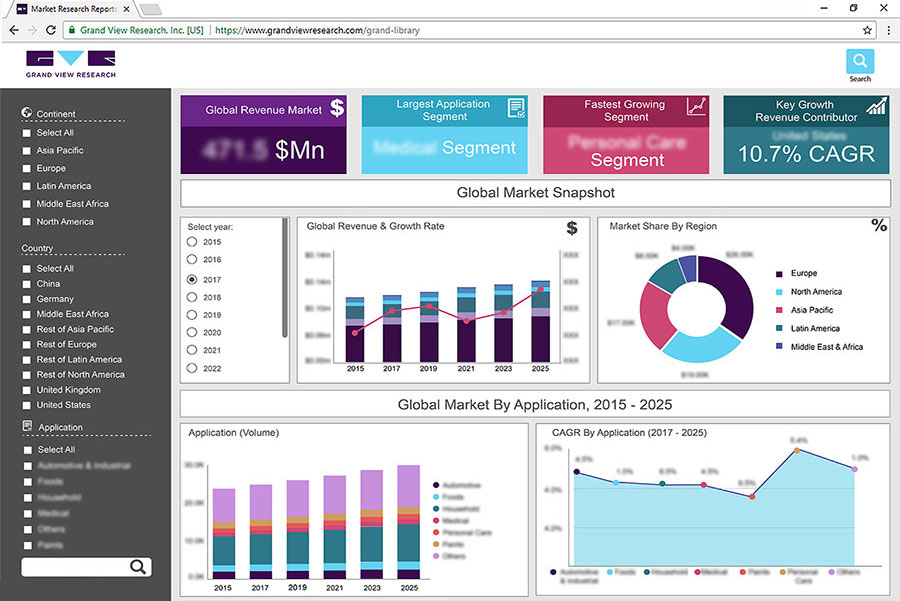U.S. Ophthalmic Patient Population Statistics Study
According to a report by the American Academy of Ophthalmology, an estimated 61 million adults in the U.S. are at high risk for vision loss, and more than 22 million adults have vision impairment. The leading causes of vision loss in the U.S. are age-related macular degeneration, cataracts, glaucoma, and diabetic retinopathy, age-related macular degeneration is the leading cause of blindness in people over the age of 65 years, while cataracts are the leading cause of blindness worldwide. The prevalence of vision impairment and blindness is expected to increase in the coming years due to the growing aging population and an increase in diabetes and obesity cases. In addition, the COVID-19 pandemic has disrupted routine eye care services, leading to delayed or missed diagnoses and treatments.
Despite the high prevalence of vision impairment and blindness, several people do not receive regular eye exams. According to the National Eye Institute, only 61% of adults with diabetes receive annual eye exams, and only 14% of people over the age of 40 years with glaucoma receive annual eye exams. The American Academy of Ophthalmology recommends that adults receive a comprehensive eye exam at least once every two years, or more frequently if they have certain risk factors, such as diabetes or a family history of eye diseases. Early detection and treatment of eye diseases can help prevent vision loss and improve overall eye health. It is important for individuals to take responsibility for their eye health and to seek regular eye exams from a qualified eye care professional.
Topics Covered Under U.S. Ophthalmic Patient Population Statistics Study
|
Attribute |
Details |
|
U.S. Ophthalmic Patient Population (2022) |
|





